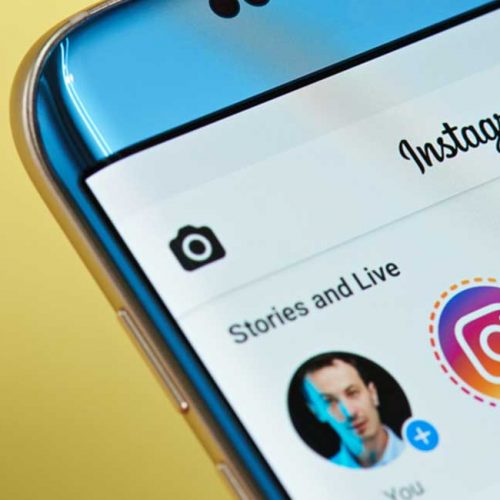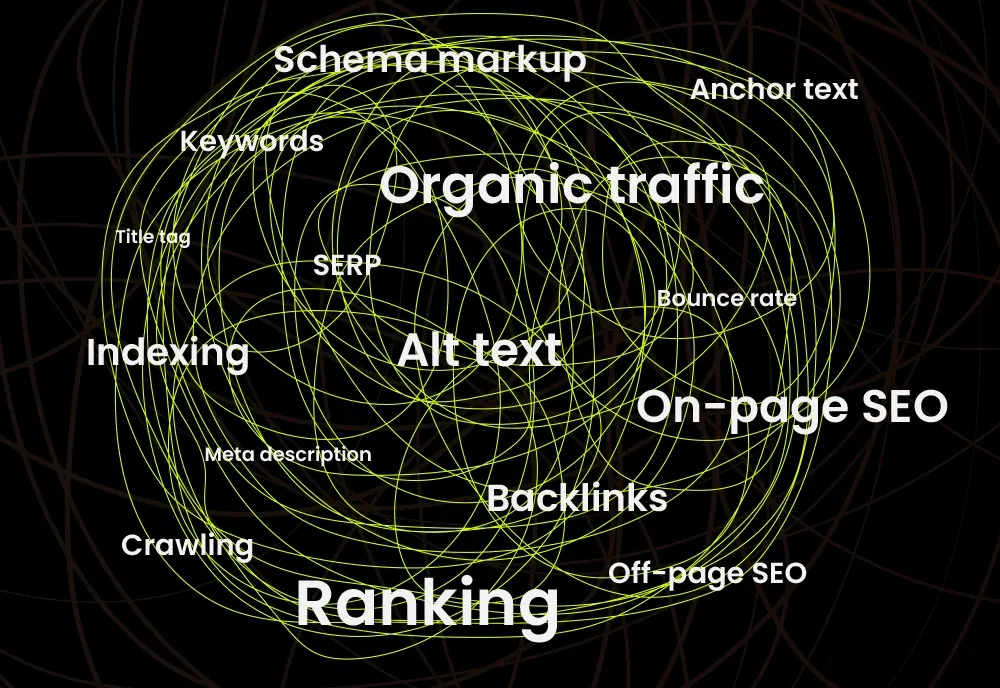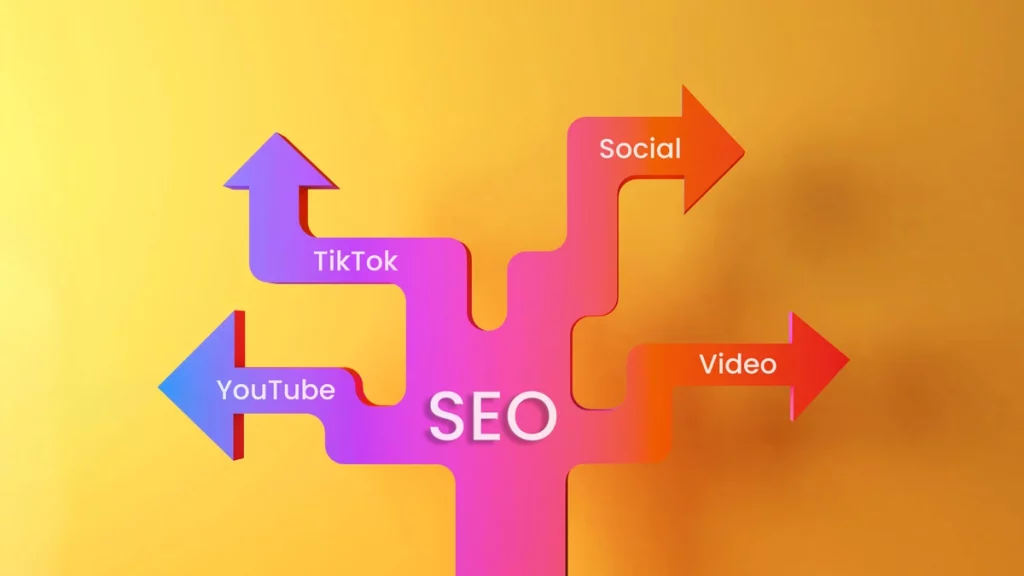Instagram have shared their first in a series of articles that will shed a light on how their algorithm technology works and how it impacts the experiences that users have across the app.
Instagram have learnt that the Feed & Stories are places “people want to see content from their friends, family and those they’re closest to”.
The ranking algorithm can be dissected into smaller steps that allow us to better understand how it works.
Step 1:
Instagram define what they want to rank in first place. Within the Feed & Stories, it’s content from people you follow. Broken up by a scattering of paid adverts.
Step 2:
They take all of the information they have about what was posted, the people who made said post and your preferences. Instagram call these “signals”. These signals include a host of different variables, but the most important ones across Feed & Stories are ranked below:
• Information about the post: How popular is the post, how many people have liked it and also when it was shared, if a location was attached to it and if it was a video, how long it is.
• Information about the person who posted: This indicates how interesting the person might be to a user and includes “signals” like how many times people have interacted with that person in the past few weeks.
• Your activity: This helps Instagram to understand what you might be interested in; they’ll look out for how many posts you’ve liked.
Your history of interacting with someone: This gives a sense of how interested you are generally in seeing posts from a particular user. For example, whether you comment on their posts.
From all of these “signals”, Instagram will predict how likely you are to interact with a post in different ways, the likelihood of you spending a few seconds on a post, commenting, liking, saving it and tapping on the profile picture.
In short, the more likely you are to take one of the above actions, the higher up your feed you’ll see the post.







